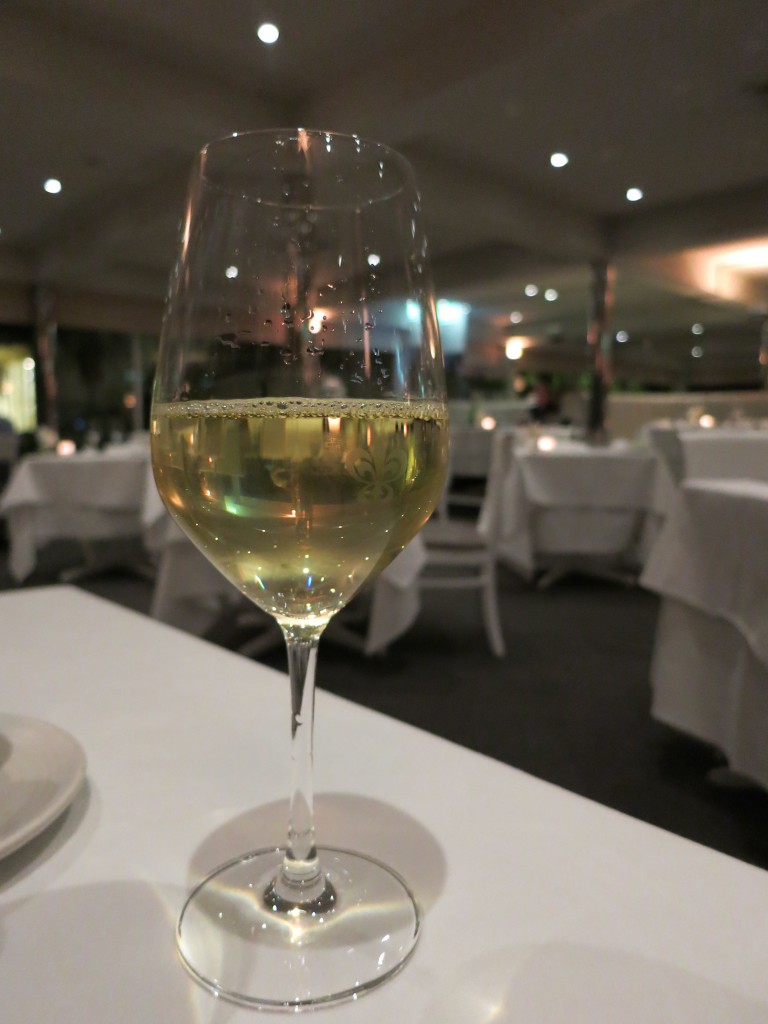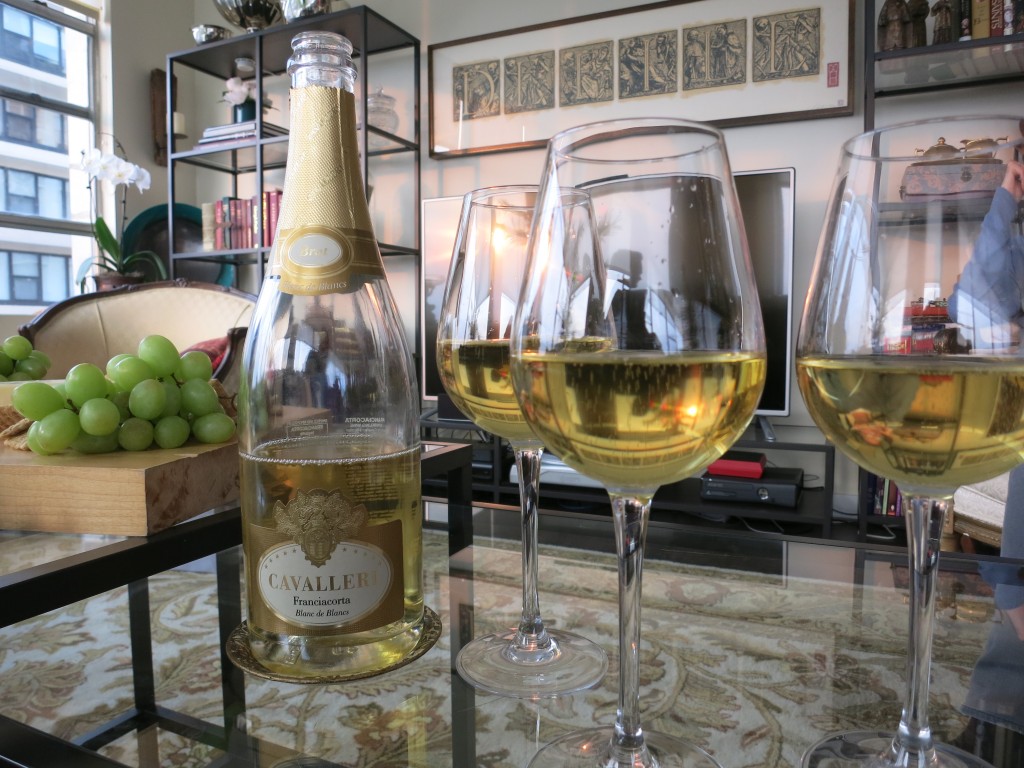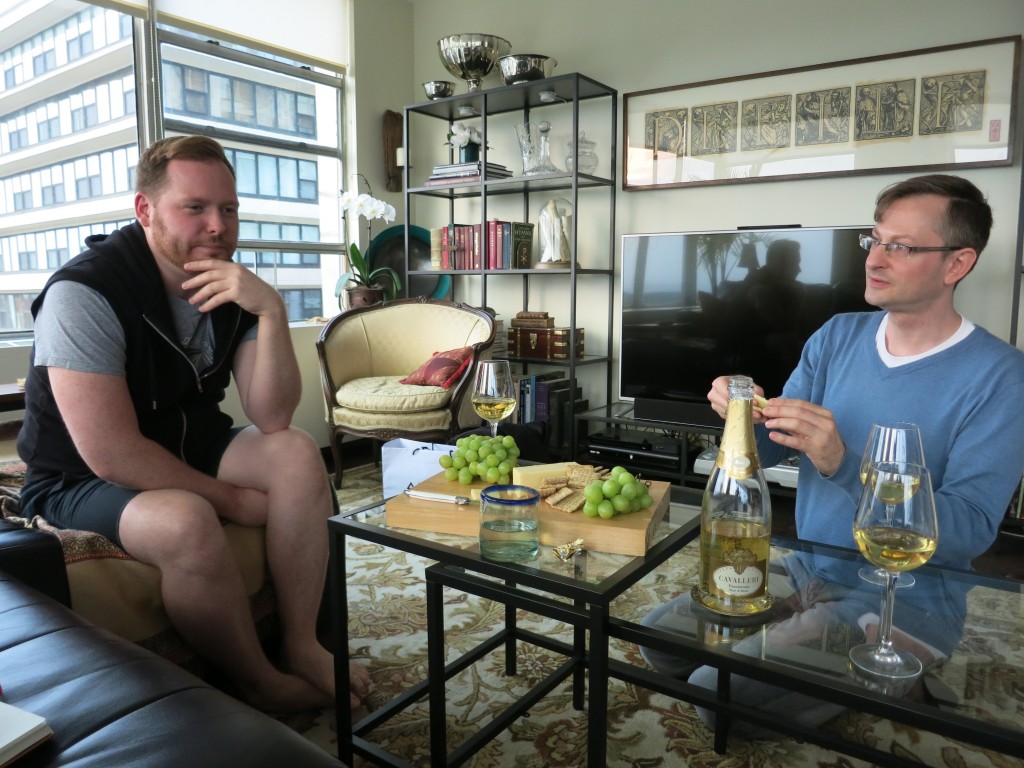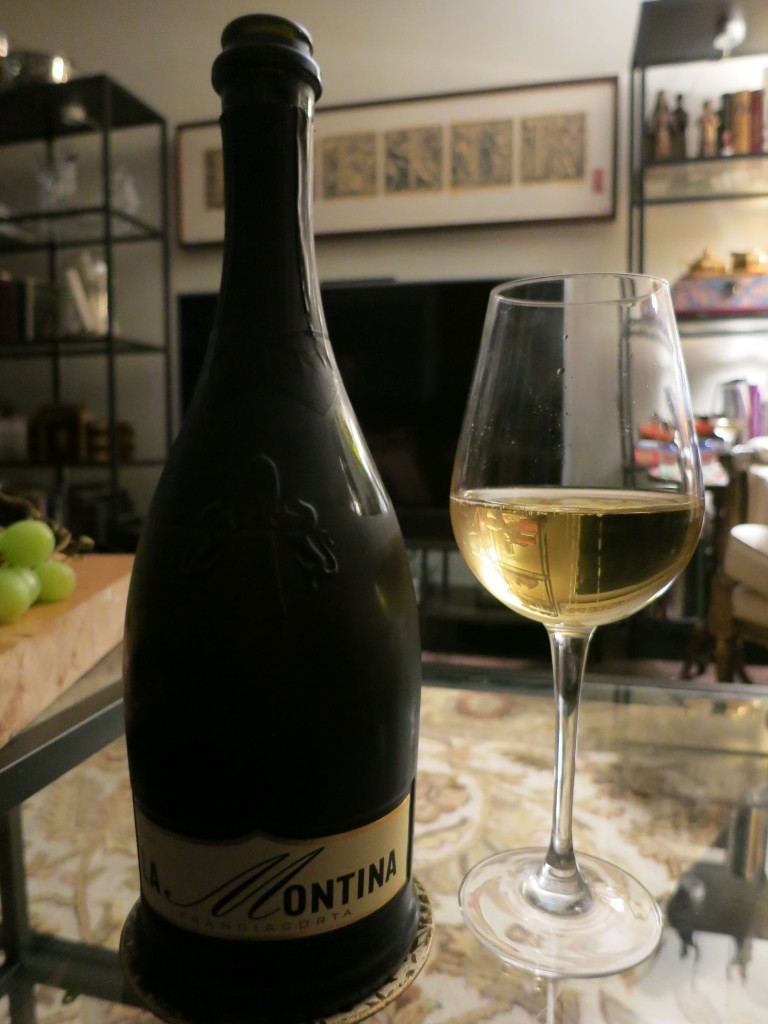Sweet Fear And Tasmanian Riesling
 When I conferred last night with the sommelier of Jonah’s, a fancy restaurant just north of Sydney, Australia, something all-too-familiar occurred. I read over the list of wines by the glass and decided that the 2014 Pressing Matters “R69” Riesling from cool-climate Tasmania sounded like a good pairing for my first course of tagliatelle with spanner crab, lemon and chilies. The sommelier agreed, and as custom dictates, he poured a small sample for me to try before filling my glass.
When I conferred last night with the sommelier of Jonah’s, a fancy restaurant just north of Sydney, Australia, something all-too-familiar occurred. I read over the list of wines by the glass and decided that the 2014 Pressing Matters “R69” Riesling from cool-climate Tasmania sounded like a good pairing for my first course of tagliatelle with spanner crab, lemon and chilies. The sommelier agreed, and as custom dictates, he poured a small sample for me to try before filling my glass.
Now, sommeliers often respond with concern when I test a wine. Perhaps it’s because I take too long to taste it before speaking, or perhaps my face goes all scrunchy when I concentrate on a wine’s progression of flavor. Usually a concerned sommelier just says something like, “What do you think?” But this time, the sommelier went further, asking, “How is it? Is it too much? Is it too much?” It’s like he had “kick me” sign on his chest, and he expected my foot to hit his stomach at any second. Why? Sugar.
The R69 was a rather sweet wine, the name referring to the number of grams of residual sugar, and sugar in wine is not currently fashionable. People who like sweet wines are often apologetic about the fact, believing their palates to be too unsophisticated for dry wines. Insecure wine snobs agree, their refusal to touch sweet wines ostensibly proving the superiority of their taste. Fiddlesticks. If you like sweet wines, good for you! They’re delicious. And if you don’t like sweet wines, that’s a valid preference, but nothing more. It’s not evidence of sophistication.
It was this sort of judgmental attitude that the sommelier at Jonah’s feared, of course. He worried I would say something like, “Ugh, oh no, that’s far too sweet for me,” with one eyebrow raised in condemnation of his decision to put the wine on the list. I’ve seen restaurant patrons do it more than once. That kind of response pains me, because the R69, like any high-quality wine that dares to include some sugar, was an absolute delight.
The wine smelled of sweet white flower and white peach, leavened with a bit of (varietally correct) plastic shower curtain. It had lush fruit, zesty orangey acids and some vanilla on the finish. I loved the exciting interplay of the acids and sweet fruit — this wine demanded attention, and it worked beautifully with the tagliatelle. The acids absolutely blossomed with its sweet and savory flavors.
There surely are those who can’t abide any wine containing sugar, whatever its quality. But the rest of us have no reason to deny ourselves the pleasures of wines with a touch of sweetness. When acids and spice balance out the sugar, the results can be nothing short of electrifying (consider Sauternes and Tokaj).
If some wine connoisseur judges you for ordering a sweet wine, they’re no connoisseur. They’re just a snob.








